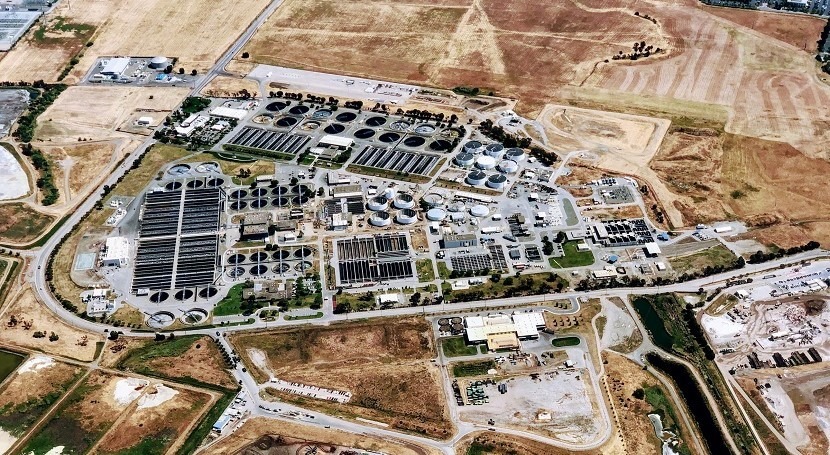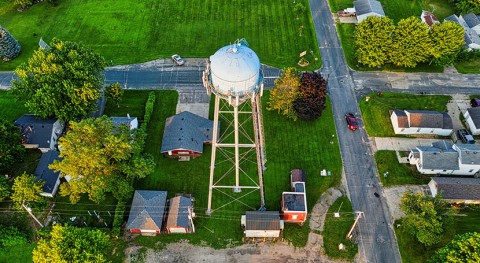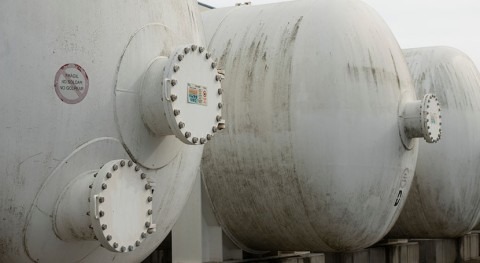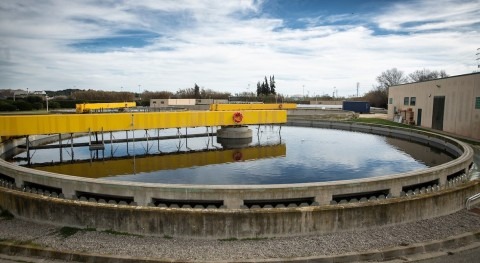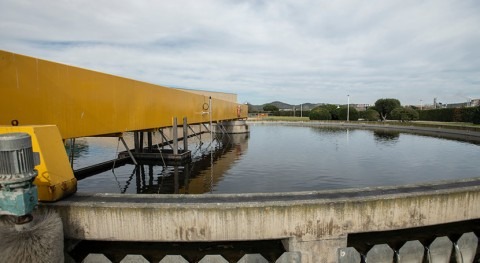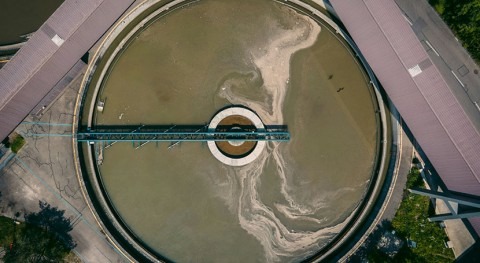The American Society of Civil Engineers (ASCE) gives poor grades to U.S. water infrastructure in its 2021 Report Card for America’s Infrastructure, released last week. Every four years since 1998 the report card assesses 17 major infrastructure categories using a simple A to F school card format. In the past, the grades have struggled to get out of the D’s (a D grade would mean the infrastructure is poor and at risk), and this year 11 infrastructure categories are in that range.
Overall, there have been “modest but meaning improvements”, and for the first time in 20 years, the overall grade is a C-. However, that means that on average, infrastructure is in mediocre condition and needs attention. Although infrastructure maintenance continues to be an issue, the report highlights how the drinking water sector has embraced asset management and new technology to prioritise funding and address leaks and repairs.
New in the 2021 report was the category stormwater, which received a D grade. Stormwater utilities are increasingly more common and more than 40 states have at least one. At the same time, impervious surfaces are expanding in urban areas, impairing drainage and intensifying flooding risks. Polluted stormwater entering water bodies is another problem that needs addressing. The expected performance of stormwater systems is declining according to the ASCE report card, while ageing assets entail significant costs and engineering challenges.
The categories corresponding to flood control infrastructure, dams and levees, were both graded with a D. There are over 91,000 dams in the U.S., of which more than 2,300 are considered deficient high-hazard-potential dams (meaning that in case of failure, there could be a loss of human life and extensive property damage). The cost of rehabilitating them is estimated at nearly $20 billion ($93.6 billion for all U.S. dams, on average 57 years old). In 2020, $10 million were allocated to the High Hazard Potential Dam Rehabilitation Program, less than 0.1% of the estimated cost. The report also draws attention to the country’s 40,000 miles of levees, protecting critical infrastructure and $2.3 trillion of property. The U.S. Army Corps of Engineers has estimated $21 billion to improve and maintain moderate to high-risk levees, which includes only 15% of known levees in the country.
The rating for drinking water infrastructure is slightly better, a C-, an improvement from a D in 2017. However, losses of treated water in the country amount to 6 billion gallons every day. The ASCE report is optimistic about expanding federal financing programs and rates increases to reinvest in networks. It points to improvements in resilience as utilities develop and update risk assessments and emergency response plans, and integrate smart water technologies into drinking water systems. On the other hand, it calls for affordability programs to protect the most vulnerable as rates increase.
Finally, the wastewater infrastructure category was given a D+, the same as four years ago. According to the report, “The nation’s more than 16,000 wastewater treatment plants are functioning, on average, at 81% of their design capacities, while 15% have reached or exceeded it”. It emphasizes the increased cost of operation and maintenance as both plants and sewerage networks approach the end of their lifespans. On a positive note, it highlights how 62% of utilities proactively manage wastewater infrastructure, rather than respond to failures, and the sector’s progress in resilience planning and innovation that result in cost savings and profitable by-products.


